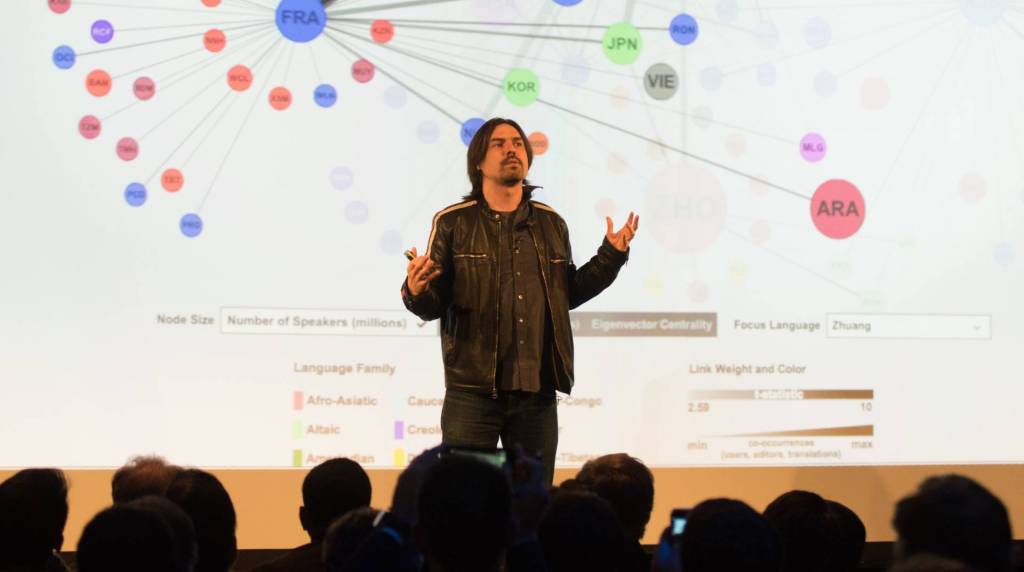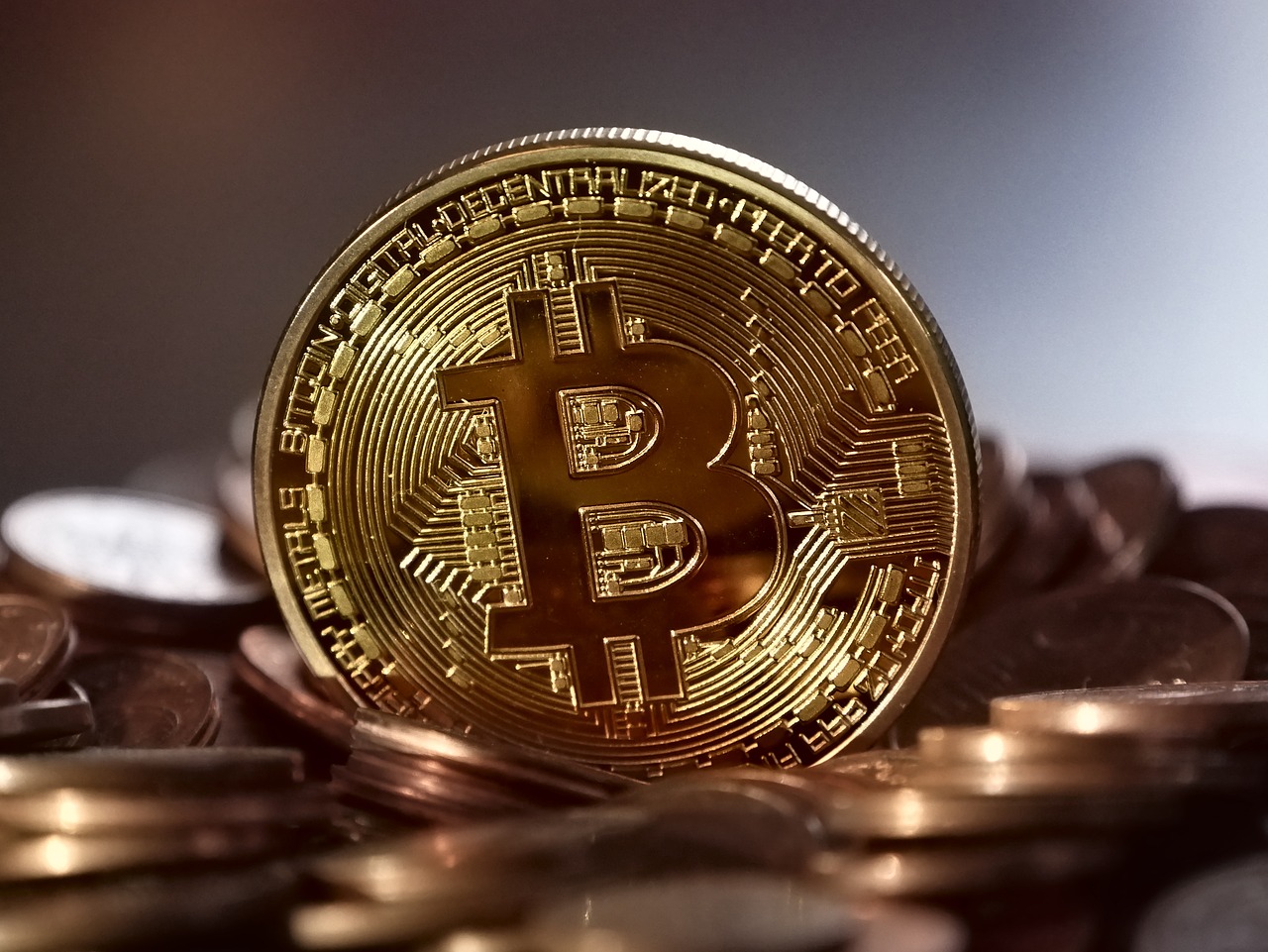The explosion of fintech has certainly disrupted the financial services sector. From ATMs to facial recognition, we explore the key events in the history of fintech and what developments are changing the way businesses work today.
Tap and Go
Firstly, there was the adoption and growth in contactless payments. NFC (near field communication) technology has enabled customers and businesses to pay for goods and services by tapping their card or device onto a reader. Contactless has reduced transaction times to just seconds. This way of paying for goods and services was first introduced to the UK in 2007. Since then, more than one-fifth of all card payments are made by using contactless. This is useful for both consumers and retailers, who can make money from busy customers at busy times, just by cutting out the need to enter pin numbers.
Analytics and Big Data
The use of contactless and NFC is hailed as one of the biggest developments in fintech, but now a commonplace in the market, many have come along since then.
The use of big data to drive decision making and automation is driving change and efficiencies around the world. Used to describe analysis of areas like consumer trends, big data is playing a major role in how businesses improve.
Big Data, combined with cloud services and powerful processors is transforming the ability to visualise and act on data and situations.

Closer to the world of trade finance, MIT’s Big Data expert Cesar Heldago is continuing to use and aggregate big data on trade statistics to look at trends and opportunities within the trade space.
Technology used to extract, analyse and act on big data may involve the use of in-house analytics tools. For smaller companies who don’t have a big budget to work with, external tools such as Google Analytics can measure everything from marketing to where customers find out about the business. Taking an analytical approach is made easier with fintech.
Payments and Currencies
Fintech can be expensive to implement – purchasing a tool for big data can cost hundreds or even thousands of pounds.
The long-term financial gains, however, can be quite significant. In some instances, such as the use of blockchain technology for processing payments, it could even save money. Some estimates suggest that savings of $20bn can be made by using blockchain tech. The multi-trillion dollar foreign exchange industry (for both retail trading and also international payments) is currently inefficient, requires middle men / brokers, and costly in terms of margin. The potential of using cryptocurrencies, blockchain and smart contracts to facilitate payments can help save time, efficiency and money.
The use of fintech in the financial sector is key to that industry’s growth. In areas such as forex trading, platforms developed by fintech companies are making it easier for customers in a variety of ways. Forex trading platforms make use of big data and live news feeds to help traders make informed decisions.
Future of Fintech
Many fintech developments have been made possible because of dedicated fintech startups. In creating technology such as blockchain, they are able to do the hard work for financial companies, whilst also selling their products to businesses worldwide.
Figures released earlier in 2017 show that investment in UK fintech grew to over $500 million for the first half of the year. This amount needs to continue growing if the next big development is to be made by the fintech sector.
At Trade Finance Global, we see huge developments and potential for the disruption of Letters of Credit and trade finance through blockchain technologies. Currently a cumbersome, paper based industry, the blockchain has true potential to disrupt the market of international trade.
Uncertainty over Brexit negotiations and competition from China and the US may undermine future growth. However, the government is prioritising fintech as a key area for economic expansion, regardless of what happens in the immediate future.

























